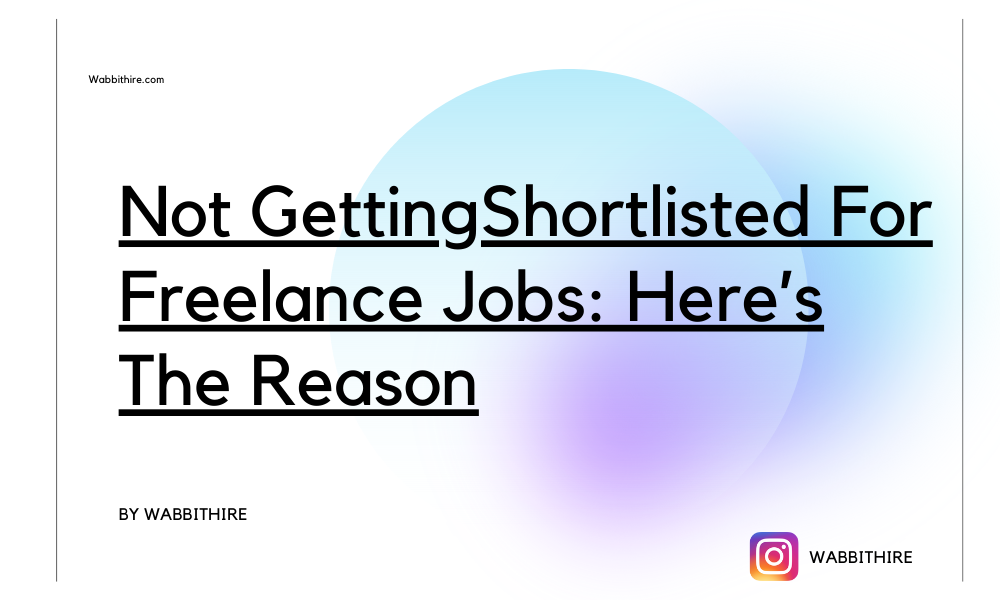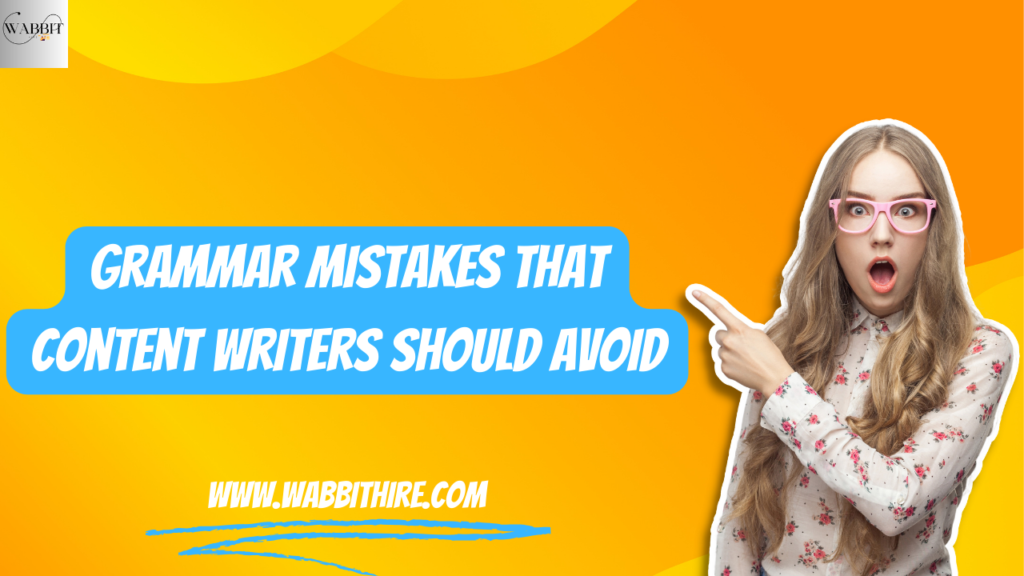Writing engaging meta descriptions is as crucial as creating an enticing trailer for a movie. The trailer pushes people to wait for the release, making it a blockbuster. Similarly, your meta tag should include everything your page offers in a capsule.
How long are good meta descriptions?
Google has set specific parameters to define the length of meta description. It is measured in pixels. The approved length is 920 pixels for a PC and 680 pixels for a mobile phone, which comes to 158 and 120 characters, respectively. Google cuts off the meta description higher than this limit and gives the reader an unprofessional approach. The meta tag describes the main page and simultaneously tempts the reader to click on the URL.
How to write meta descriptions for your webpage?
Writing a short piece for a meta snippet may sound easy, but it is not a piece of cake. Various points should be kept in mind while writing a good meta description. Here is a list of a few:
No more than 156 characters
Though it also depends on the device the searcher uses, Google usually truncates a description with more than 156 characters. Ensure you don’t exceed that limit and include only the most crucial information. Be concise and convincing in 156 words max.
Active Voice and Actionable
Use the active voice and talk directly to the reader. Aware of your content and
Tell them what needs to be done now. Use a solid Call to Action that pushes them to click on the page. Here is an example –
If you see the first result, it has a CTA “Start your learning journey today.”.This will compel the reader to click on their website and read more about their courses. The second result is truncated, possibly due to the excessive use of characters in the meta description.
Focus Keyphrase
It is vital to decide if Google will pick up your meta description. If the user searches for a specific term, and your meta description has it, this simply means it is quite relevant to him. And hence higher chances of being selected. In the above image, Google has marked the keywords in bold that match the search intent.
Match the page content.
Even if you have written the best meta descriptions, they won’t rank if they are not aligned with the page content. For instance, if you’re selling a watch, you ought to write about the watch. You cannot talk about the most popular memes. No matter how popular the topic is. Always stick to your website content.
Be Unique
Everyone knows about plagiarism and how Google hates it the most. So, if you want your pages to rank, make sure your meta descriptions are unique for each of them. The meta tag will contain different content even if the products are similar. You can also use an AI meta generator to help you. But make sure to add a human touch.
Use Date or Specifications (wherever required)
If you’re writing a piece of news for which the dates and times are crucial, then you can mention that in the meta box. If you’re writing about a gadget, add the top specifications and features that may attract the user to view the whole page.
Also Read: The role of research in Content Writing
What is the probability of your meta description being used by Google?
According to an interesting survey by Ahrefs, Google rewrites the meta tag content from most websites, which is as high as 62.78%. So, there is only a chance of 37.22% that Google will pick up your text for the snippet. Google also rewrites your content if it is too long or, as we say, truncates. So, to avoid such conditions, we need to follow all the rules we discussed. But also make it relevant enough to match the user’s search intent. Hence, it will look appropriate to Google, and the chances of rewriting will be lower.
Tips & Tricks to Write Ace Meta Descriptions
Writing a good meta description is more important than even writing one. Otherwise, leave it blank. It is essential to optimize the content, so writing just anything won’t help. You need to think from the searcher’s point of view while writing one. Here are a few points that may help you :
Provide an answer
Whenever we search on Google, we are looking for something. Try to read your reader’s mind and then write the meta descriptions. The one that answers his query precisely. You may consider answering a topic or product’s What, When, Why, Where, How, etc.. If you’re writing about a product, list all the features. If it is a service, tell us how is it different and better than others.
Mention a solution
Even if your content is about raising awareness, discuss the solution in the meta description box. Sometimes, people don’t know what they are looking for, but you must keep them hooked on your content. You may discuss the problem and its effects on the main page.
No stuffing keywords
Overstuffing is a big no, even if you want to reach all your potential clients. You cannot use your keywords more than once in a two-liner. Ensure that your writing comes naturally and has everything that matters to the reader.
Add your USP
Write about your offers, deals, coupons, and sales to lure the reader. But be true to your words. This is the advertisement for your store that the reader will come to if they find it lucrative enough.
Conclusion
The meta description is a beneficial component of on-site SEO. Even though you don’t know which part of the content will be the snippet on Google, it is still worth the pain to write a quality meta description. You can check if your site has missing meta descriptions with a site audit. You spend hours researching and writing a good piece of content. Do yourself a favor and spare a few minutes to write the best text to describe your content. It is your interaction with the reader. Just make sure what you say to them is convincing enough.
Follow Wabbithire for more.




